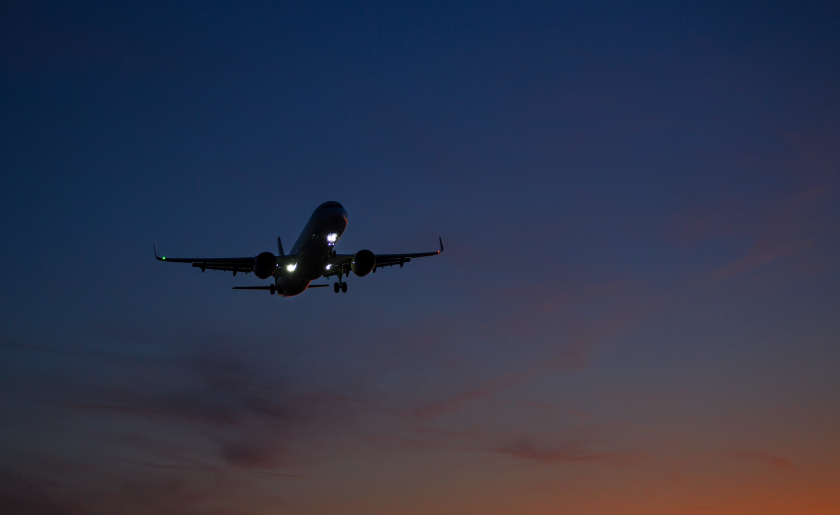
As the Q4 airline renewal season kicks off, the market is caught between reinsurers pushing cedants hard for higher pricing and direct underwriters wrestling competitive pressures to retain business amid an oversupply of capacity.
Market

As the Q4 airline renewal season kicks off, the market is caught between reinsurers pushing cedants hard for higher pricing and direct underwriters wrestling competitive pressures to retain business amid an oversupply of capacity.
Market